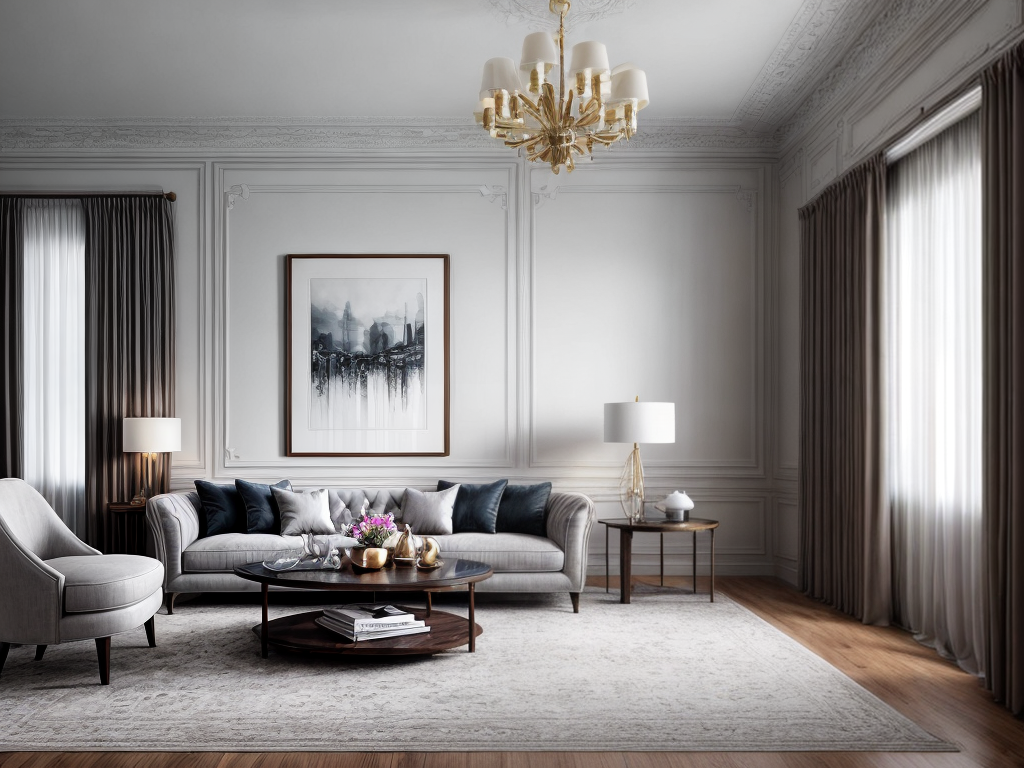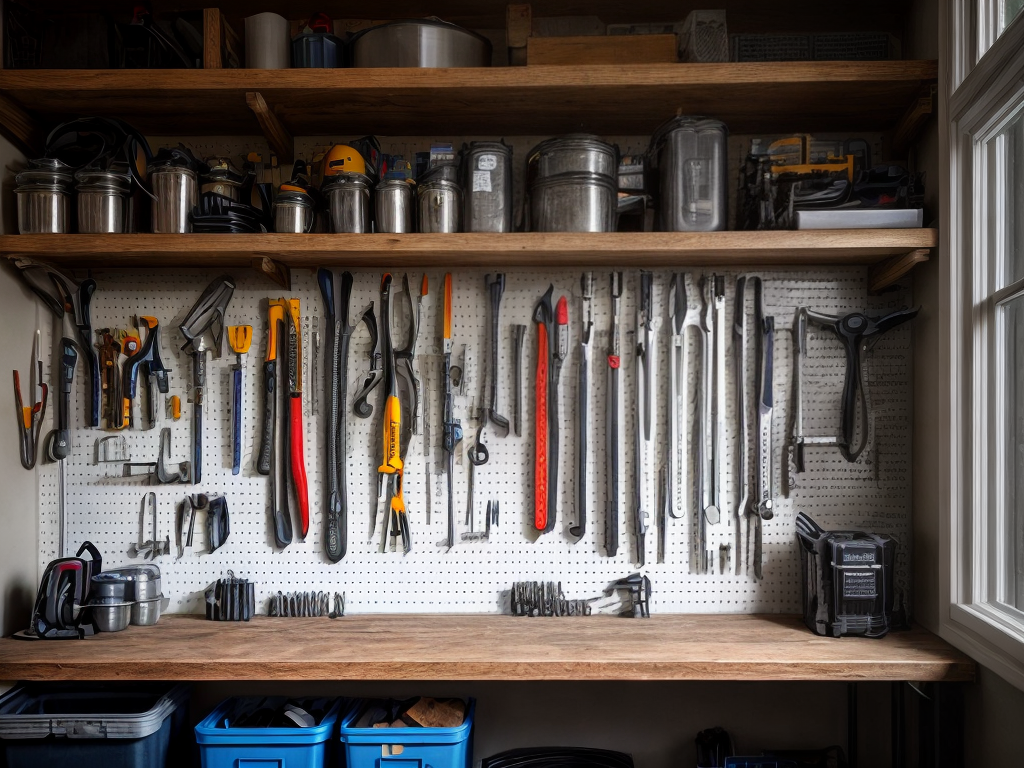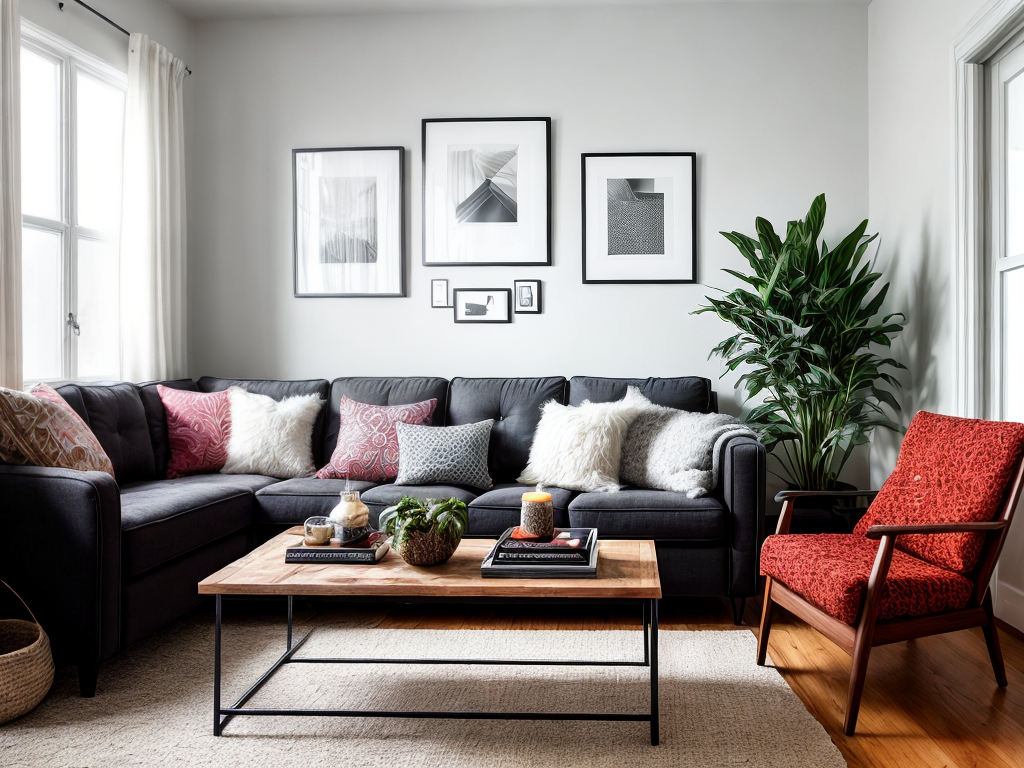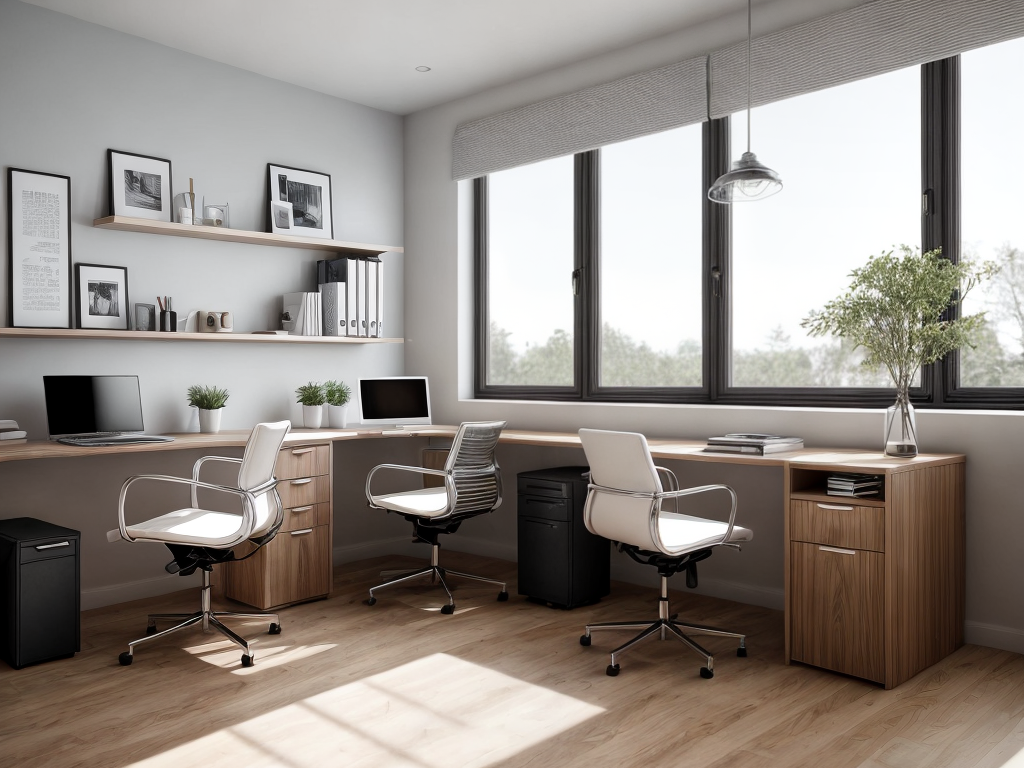
Creating a cohesive interior design style is an artful endeavor that requires careful consideration and thoughtful execution. As a designer, I have come to appreciate the power of a well-curated space that harmoniously combines various elements to create a visually pleasing and cohesive environment. From choosing a design theme to incorporating texture and patterns, every decision plays a crucial role in achieving a cohesive look. But how exactly do we achieve this elusive balance? Let’s explore the key steps and strategies that can help transform any space into a harmonious sanctuary of style and comfort.
Choosing a Design Theme
When choosing a design theme, it is important to consider the overall aesthetic you wish to achieve in your space. Finding inspiration is a crucial step in this process. Look for ideas in magazines, online platforms, or even when traveling. Pay attention to the colors, patterns, and textures that catch your eye. You can also draw inspiration from cultural elements that resonate with you. Incorporating cultural elements into your design theme adds a unique and personal touch to your space. For example, if you are drawn to Asian aesthetics, you can incorporate elements such as bamboo furniture, paper lanterns, or traditional artwork. By blending these cultural elements with your chosen design theme, you create a space that reflects your individual style and interests. Remember to strike a balance between cultural elements and the overall aesthetic, ensuring that they complement each other harmoniously. Taking the time to find inspiration and incorporating cultural elements will help you create a design theme that is not only visually appealing but also meaningful to you.
Establishing a Color Palette
When it comes to establishing a color palette for interior design, there are a few key points to consider. First, it is important to choose harmonious color combinations that work well together and create a cohesive look. Additionally, balancing bold and neutral colors can add depth and visual interest to a space. By keeping these points in mind, you can create a color palette that enhances your design style and creates a welcoming and visually appealing environment.
Harmonious Color Combinations
To establish a harmonious color palette, carefully select a combination of colors that complement each other and create a cohesive and visually pleasing interior design. Here are four key considerations when creating harmonious color combinations:
-
Color Psychology: Understand the emotions and moods that different colors evoke. For example, warm tones like red and orange can create a cozy and inviting atmosphere, while cool blues and greens can promote a sense of calm and relaxation.
-
Contrast and Balance: Combine light and dark shades to create depth and visual interest. Experiment with contrasting colors to make certain elements stand out and create focal points within the space.
-
Monochromatic and Analogous Schemes: Consider using a monochromatic color scheme, which involves using different shades of the same color, or an analogous scheme, which involves using colors that are adjacent on the color wheel. These schemes provide a harmonious and unified look.
-
Nature as Inspiration: Look to nature for inspiration when selecting color combinations. Natural palettes, such as earthy browns and greens or vibrant floral hues, can create a harmonious and visually pleasing interior design.
Balancing Bold and Neutral Colors
As we continue our exploration of harmonious color combinations, let’s now turn our attention to the art of balancing bold and neutral colors in order to establish a captivating color palette. Creating contrast is key when combining bold and neutral colors. Bold colors can be used as accents to add interest and vibrancy to a space, while neutral colors provide a calming backdrop. Incorporating accents in bold colors through accessories, artwork, or furniture pieces can create focal points and add visual interest to the room. To maintain balance, it is important to use neutral colors as the dominant base and incorporate bold colors in smaller doses. The table below showcases examples of bold and neutral color combinations that can create a cohesive and visually appealing interior design style.
| Bold Color | Neutral Color |
|---|---|
| Navy Blue | Cream |
| Emerald Green | Beige |
| Mustard Yellow | Gray |
| Ruby Red | White |
Selecting Complementary Furniture
When selecting complementary furniture, it is important to consider the color palette of your space. Choosing furniture that aligns with your established color scheme will create a cohesive and harmonious look. Additionally, mixing materials can add depth and interest to your design, so don’t be afraid to combine different textures and finishes in your furniture selections.
Furniture Color Palette
When selecting complementary furniture for your interior design, it is important to consider the color palette to create a cohesive and harmonious look. Here are some key points to keep in mind when choosing furniture and creating a color scheme:
-
Start with a neutral base: Opt for furniture pieces in neutral colors like white, beige, or gray. These hues provide a versatile foundation that can be easily paired with other colors.
-
Add pops of color: Introduce bold and vibrant shades through accent furniture pieces or accessories. This will add visual interest and create focal points within the space.
-
Stick to a limited color palette: To maintain a cohesive look, limit the number of colors in your furniture selection. Choose a primary color and a few complementary hues to create a harmonious composition.
-
Consider the overall mood: The color palette you select should align with the overall mood and style of your interior design. For a calming and serene space, choose soft and muted tones, while vibrant and bold colors can create an energetic and dynamic atmosphere.
Mixing Materials
After carefully considering the color palette for your furniture, it is essential to now explore the art of mixing materials to select complementary pieces for your interior design. Mixing materials can add depth, texture, and visual interest to a space. Two popular combinations are metal and wood, and glass and stone.
Metal and wood create a harmonious balance between industrial and natural elements. The contrast between the sleekness of metal and the warmth of wood can create a visually appealing focal point. Consider incorporating metal accents or furniture with metal frames alongside wooden pieces to achieve this look.
On the other hand, glass and stone can create a sophisticated and elegant atmosphere. Glass accents, such as coffee tables or display cabinets, can showcase the beauty of natural stone. This combination adds a touch of luxury and can make a statement in any room.
Incorporating Texture and Patterns
Incorporating texture and patterns into interior design adds depth and visual interest to the space. It allows for a more dynamic and inviting atmosphere, creating a sense of warmth and personality. Here are four ways to effectively incorporate texture and patterns into your interior design:
-
Mixing fabrics: Experiment with different types of fabrics, such as velvet, linen, and silk, to create a tactile experience. Mix and match patterns and textures to add visual interest to your space.
-
Layering textures: Layering different textures, such as adding a chunky knit blanket over a smooth leather sofa, adds dimension and richness to your design. It creates a cozy and inviting ambiance.
-
Play with patterns: Incorporate patterns through wallpaper, upholstery, or accessories. Whether it’s a bold geometric print or a delicate floral design, patterns can add character and personality to any room.
-
Balance is key: When incorporating texture and patterns, it’s important to maintain balance. Too much texture or pattern can overwhelm the space, while too little can make it feel flat and uninspiring. Find the right balance that suits your style and the overall aesthetic of the room.
Creating Cohesion With Lighting
To achieve a cohesive interior design, proper lighting plays a vital role in enhancing the overall ambiance and functionality of the space. Lighting fixtures are not just functional elements but also important design elements that can tie the different elements of a room together. When selecting lighting fixtures, it is important to consider the style, size, and placement in order to create a cohesive look. Whether it’s pendant lights, chandeliers, or recessed lighting, the fixtures should reflect the overall design style of the space.
In addition to artificial lighting, natural light also plays a crucial role in creating cohesion within a space. It not only brings in warmth and brightness but also adds a sense of connection to the outdoors. Incorporating natural light can help create a seamless transition between indoor and outdoor spaces, making the room feel more open and inviting.
To create cohesion with lighting, it is important to consider the different layers of light. This includes ambient lighting, which provides overall illumination, task lighting, which focuses on specific areas for activities, and accent lighting, which highlights architectural features or focal points. By incorporating these different layers of light, you can create depth and dimension within a space, enhancing its overall cohesion.
Adding Personal Touches
When personalizing your interior design, it is important to incorporate unique touches that reflect your individual style and personality. Adding personal touches not only enhances the overall look and feel of your space but also creates a sense of belonging and nostalgia. Here are four ways to add a personal touch to your interior design:
-
Personal mementos: Displaying cherished items such as family photographs, heirlooms, or souvenirs can instantly bring a personal touch to any room. These items hold sentimental value and serve as a reminder of special moments and loved ones.
-
Custom artwork: Commissioning or creating your own artwork allows you to showcase your creativity and personal taste. Whether it’s a painting, sculpture, or photography, custom artwork adds a unique and personal touch to your space.
-
DIY projects: Engaging in do-it-yourself projects can be a fun and rewarding way to personalize your interior design. From repurposing furniture to creating wall art, DIY projects add a touch of individuality and can be a conversation starter.
-
Signature scents: Incorporating scented candles, diffusers, or potpourri with your favorite fragrance can create a sensory experience that is uniquely yours. A signature scent instantly adds a personal touch and creates a welcoming ambiance in your home.
Maintaining Consistency Throughout the Space
A consistent design theme throughout your space creates a cohesive and harmonious look. One way to maintain consistency is by creating contrast. Incorporating contrasting elements can add visual interest and depth to your design. For example, you can pair light-colored furniture with dark accents or use different textures and patterns to create visual contrast. This will help create a dynamic and visually appealing space.
Another way to maintain consistency is by incorporating natural elements. Bringing nature indoors can create a sense of calm and tranquility. You can do this by adding plants, using natural materials such as wood or stone, or incorporating earthy tones in your color palette. Natural elements not only add beauty to your space, but they also create a connection to the outdoors, making your interior feel more inviting and grounded.
To maintain consistency, it is important to choose a design style and stick to it throughout your space. Mixing too many different styles can create a disjointed and cluttered look. Instead, choose one style that resonates with you and use it as a guide for selecting furniture, accessories, and colors.





